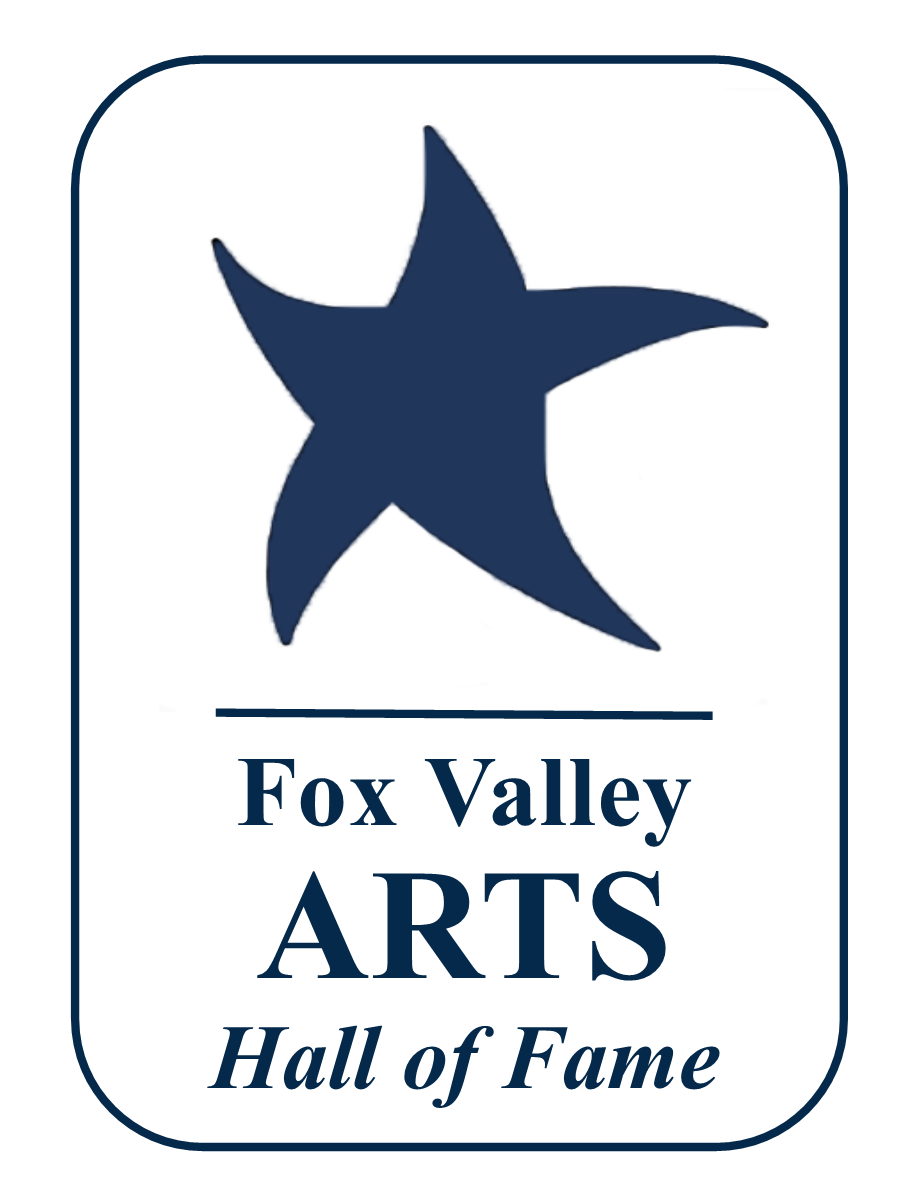
Collectors of Native American Art and cultural artifacts
Endowed Aurora University with a museum, gallery, and program of studies
Co-authored a reference book on obsolete currency
Herbert and Martha Schingoethe were collectors of art and cultural artifacts who provided the university in their hometown with an endowment to fund a museum, art gallery, and program of studies. Martha was the daughter of the wealthy Aurora manufacturing Dunham family. Herb was the son of German immigrants who grew up on the family farm near Aurora where he was fascinated by the arrowheads he found.
Herbert F. Schingoethe (1917-2005) attended then Aurora College. Martha Louise Dunham Matyas Schingoethe (1919-2004) graduated from West Aurora High School in 1937. She received a B.S. in history from Wheaton College and later studied marketing at Northwestern University and business at the University of Chicago. Decades later, in appreciation for their many gifts to education and the community, Aurora University presented both Herb and Martha with the honorary degree, Doctor of Humane Letters, in 1998.
Martha played the organ for New England Congregational Church, and Herb was founder of the Aurora Coin Club, active in the Chicago Square Dance Callers Association, and a tenor at Emmanuel Lutheran Church. Each had been widowed before they married in 1975, when they combined their passions for collecting and for American culture in several fields of interest.
In 1989, they decided to create a comprehensive center for the study and celebration of Native American culture at Aurora University.
For twenty years, the Schingoethe Museum at Aurora University has occupied a pre-eminent position as an ethnographic resource in northern Illinois, holding a Native American collection second only to the Field Museum of Natural History in Chicago and being just one of two Native American museums in the region (the other is in Evanston). Encompassing 4,500 square feet of space in the lower level of Dunham Hall, the museum houses more than 5,000 items in its permanent collection. The museum features exhibits from other U.S. museums and from Native American artists. There is a 3,000-volume library and rare book collection, archives, vaults, classrooms, and a shop. This past spring, documentarian Ric Burns visited the campus to discuss his recent film for the PBS American Experience series, “Tecumseh, Native American and the Other American Dream.”
The Schingoethe Gallery has supported artists and lovers of art in the Fox Valley and surrounding communities with exhibits, and public lectures by scholars, filmmakers, authors, and performers. All events are free and open to the public, thanks to the generosity and vision of Herb and Martha Schingoethe. The Illinois Art Education Association has used the gallery as a venue for their annual conference.
The Schingoethes felt strongly that the treasure trove of Native American culture they accumulated should be used for educational purposes, should be free, and should be available to the public. According to Aurora University President Dr. Rebecca Sherrick, the Schingoethes “truly reveled in the opportunity to share their adventures with others… left a remarkable legacy to the children of the Fox River Valley.”
Not only did these unique and generous art patrons bring to northern Illinois and the Chicago region a rich collection of material culture, they endowed the building to house it in and the professional staff and faculty needed to ensure its preservation and share it with the public, and they funded a curriculum in Museum Studies.
The Schingoethes were pioneers in the field of U.S. ephemera, specializing in the 19th and 20th centuries, and created notable collections of everyday objects. Herb was an avid collector of paper numismatics, and their collection of obsolete currency was considered one of the finest in the nation. They co-authored a reference book on the subject entitled College Currency: Money for Business.
Their special love was their collection of Native American art and artifacts, which had grown significantly during Herb’s thirty-year tenure as a ranch manager in Colorado and was enlarged dramatically as Martha’s passion grew for silver and turquoise jewelry, fine Southwest pottery, Native American rugs, and contemporary Native American sculpture. They loved traveling to exotic places and visited 150 countries together.
Herb and Martha developed and sponsored the Aurora Native American Pow-Wow and Festival, held on the Aurora University campus every May from 1990 to 2005. The goal for their business, Schingoethe Farms Rainbow Popcorn, was the preservation of various strains of Native American corn. About 14,000 pounds were produced annually and marketed coast to coast from 1995 – 2003.
At their Induction into the Fox Valley Arts Hall of Fame on April 22, 2010, Meg Bero, Executive Director of the Schingoethe Center, described Herb and Martha as, “one (or two) of a kind… with an adventurous spirit and natural curiosity” who generously preserved Native American culture for future generations.


